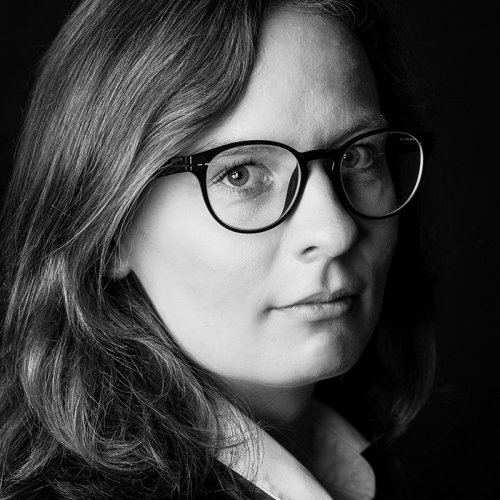There is no single recipe for success in the video game market, but some causes of problems at the distribution stage are clear. In this article, we take a cultural and historical look at the content of games. These aspects may force the producer to introduce changes in such areas as quests or a character’s appearance or “skin.” It is not always enough to meticulously analyse the game content for intellectual property issues. Sometimes it will be better to abandon some content ideas or even create several versions of a game, adapting the content to the market where the game is to be distributed.
Protected symbolism
Some international or national symbols are subject to special protection.
The sign of the Red Cross, familiar to all, is a symbol of humanitarian aid, protected by international law and the national law of many countries. Contrary to general belief, it is not part of the public domain; it cannot be used by anyone in any way. The rules for use of the Red Cross symbol are strictly defined in the Geneva Conventions, and improper use not only violates the law but, above all, distorts the meaning of the sign, deepening the perception that it can be used freely, which detracts from its value.






